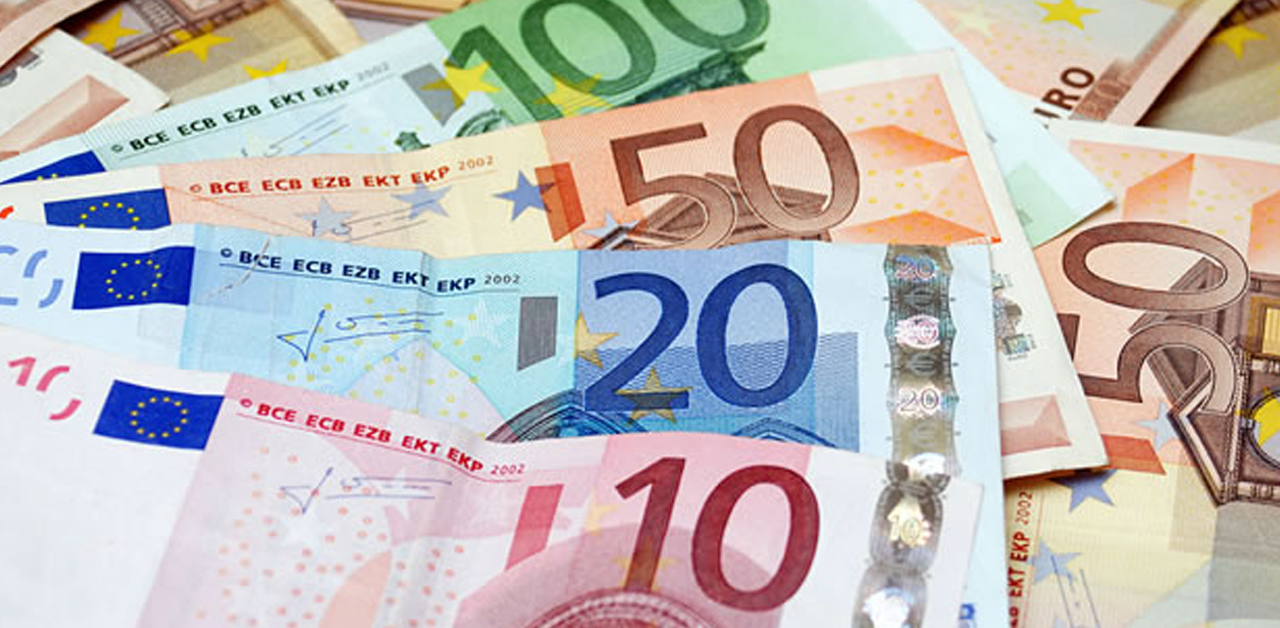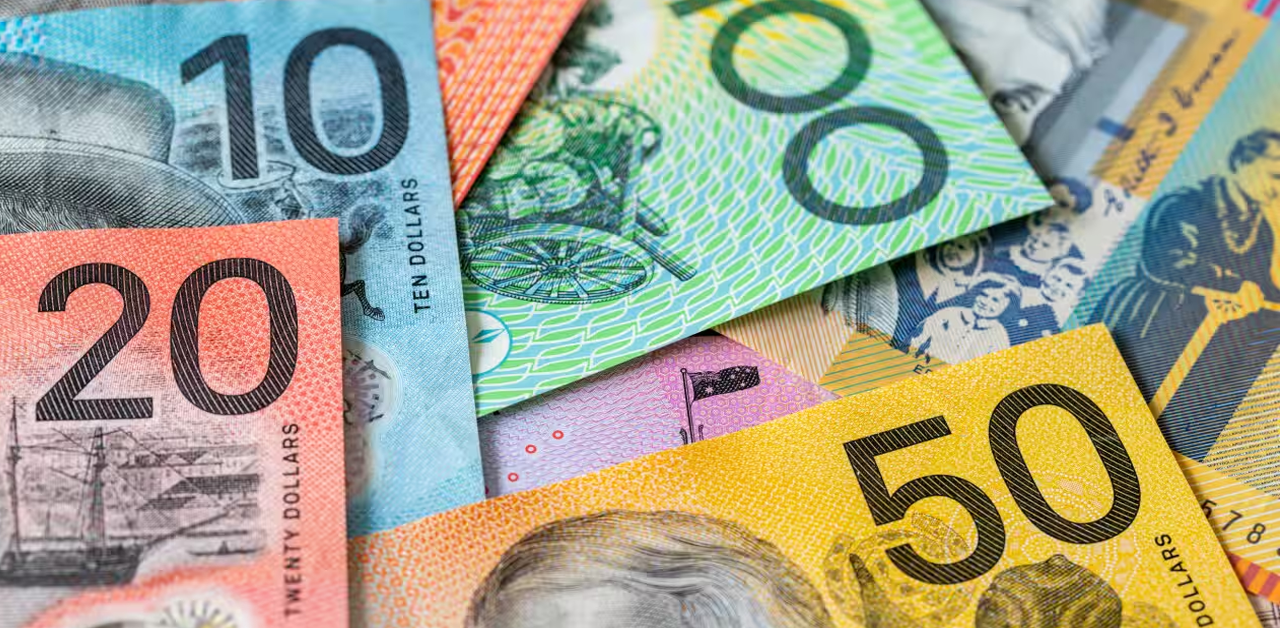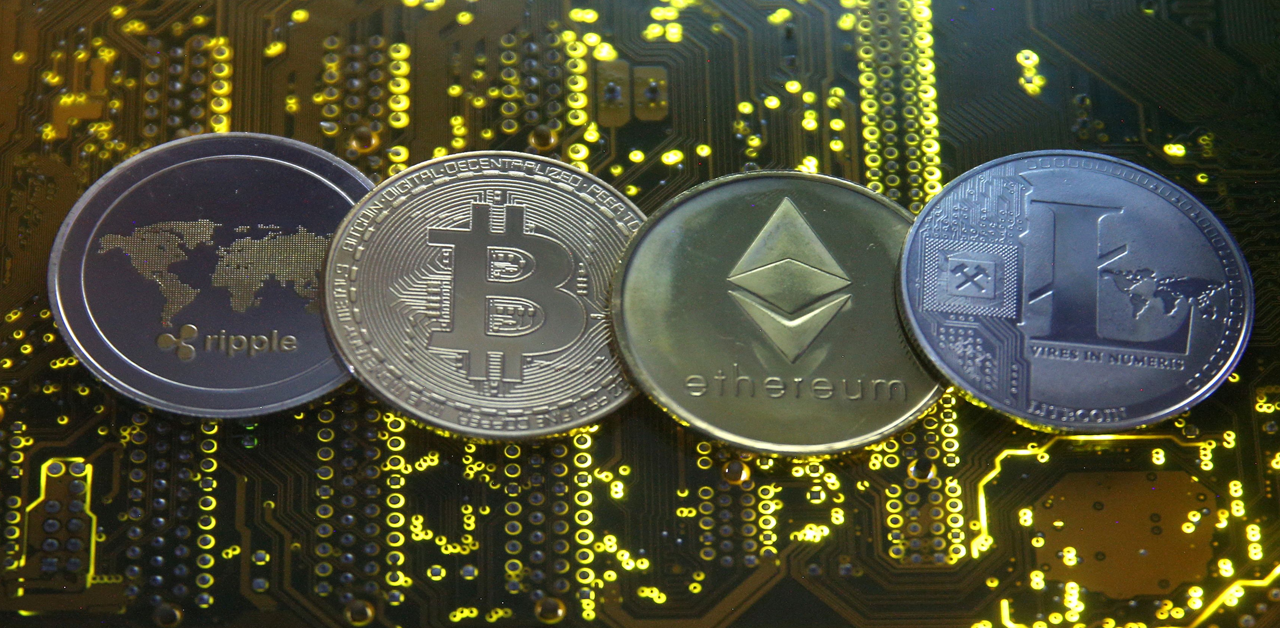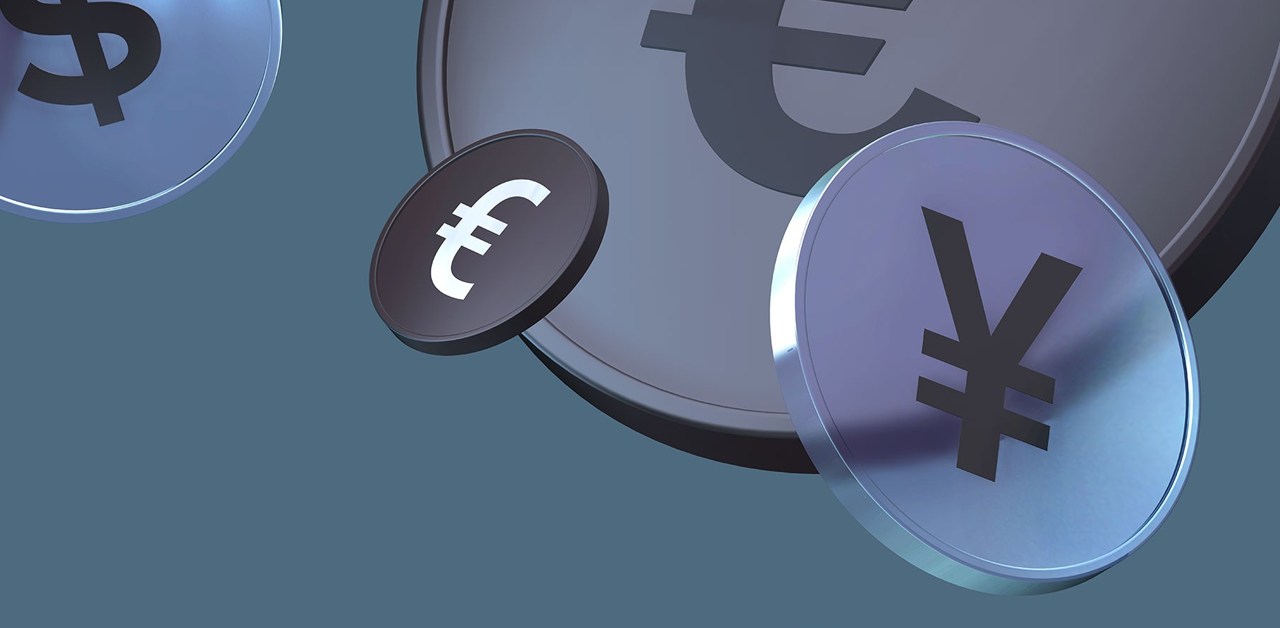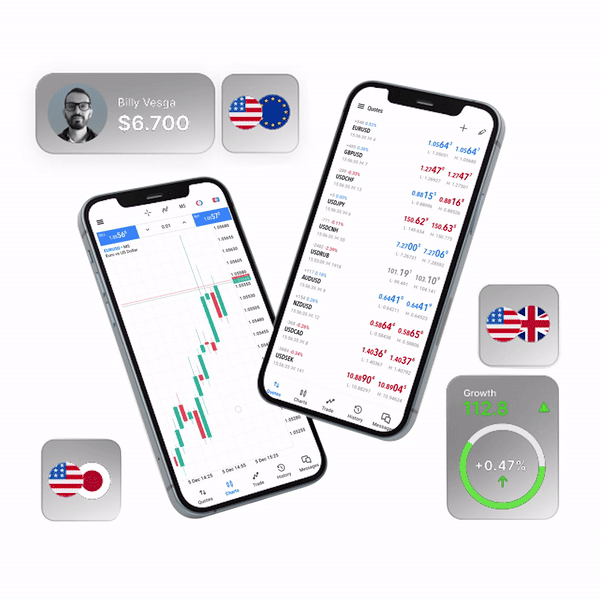The EUR/USD pair continued its upward momentum for a third straight session on Thursday, buoyed by renewed hopes of a Ukraine peace deal and a weakening US Dollar. Despite disappointing German economic data, the euro remained strong, supported by diplomatic developments and speculation around upcoming changes at the Federal Reserve.
The euro climbed steadily from just below 1.1400 last week, reaching the upper 1.1600s range. As of early European trading hours on Thursday, EUR/USD is quoted around 1.1675, following a solid 0.7% gain on Wednesday.
Euro Gains Amid Peace Talks and USD Weakness
A key driver behind the euro’s strength is optimism surrounding a potential peace summit between Russia and Ukraine. This comes after a high-level meeting between US envoy Steve Witkoff and Russian President Vladimir Putin, which received a positive nod from US President Donald Trump. The geopolitical developments have shifted market sentiment, temporarily outweighing negative Eurozone data.
Meanwhile, the US Dollar continues to lose ground. Weak US economic figures have reinforced expectations that the Federal Reserve may cut interest rates twice before the year ends—possibly starting as soon as September. Adding to the pressure, President Trump is likely to nominate Fed loyalists to fill the vacancy left by outgoing Board Member Adriana Kugler, which raises concerns about the central bank’s independence.
Key US Data in Focus
Traders are now looking ahead to Thursday’s US Jobless Claims data. After last week’s disappointing Nonfarm Payrolls report, which revealed fewer job additions than initially estimated, any further sign of labor market weakness could deepen concerns about a slowing economy and put additional pressure on the dollar. Economists forecast a slight rise in claims to 221,000.
Further weighing on the Greenback were comments from Boston Fed President Susan Collins and Fed Governor Lisa Cook. Both warned of the risks tied to policy uncertainty and cautioned that ongoing trade tariffs could stoke inflation while curbing employment growth.
President Trump added to the uncertainty on Wednesday by threatening steep tariffs: 100% on foreign-made semiconductors, 25% on Indian goods over Russian oil imports, and more potential sanctions aimed at China. These aggressive trade stances have rattled global markets and further weakened USD sentiment.
German Data Fails to Derail Euro Strength
Despite the euro’s upward trend, recent German economic indicators have disappointed. Industrial Production fell by 1.9% in June—far worse than the 0.5% drop expected—while the country’s trade surplus narrowed to €14.9 billion from €18.6 billion in May, below the €17.3 billion forecast. However, the market largely shrugged off this data, focusing instead on broader geopolitical and monetary themes.
EUR/USD Technical Outlook
EUR/USD has broken past the 1.1600 resistance level, signaling strengthening bullish momentum. On the daily chart, the Relative Strength Index (RSI) is now above 50, while the 4-hour RSI suggests the pair is nearing overbought territory—but still has room for further gains.
Key resistance levels ahead include:
-
1.1700–1.1710: Near the 78.6% Fibonacci retracement of the July sell-off and previous lows.
-
1.1745: A trendline resistance.
-
1.1790: July 24 high, a significant barrier for bulls.
On the downside, immediate support lies at:
-
1.1590: The breakout level from August 3–4 highs.
-
1.1530: The low from August 5.
-
1.1460 and 1.1400: Key pivot levels from July 31 and August 1, respectively.

